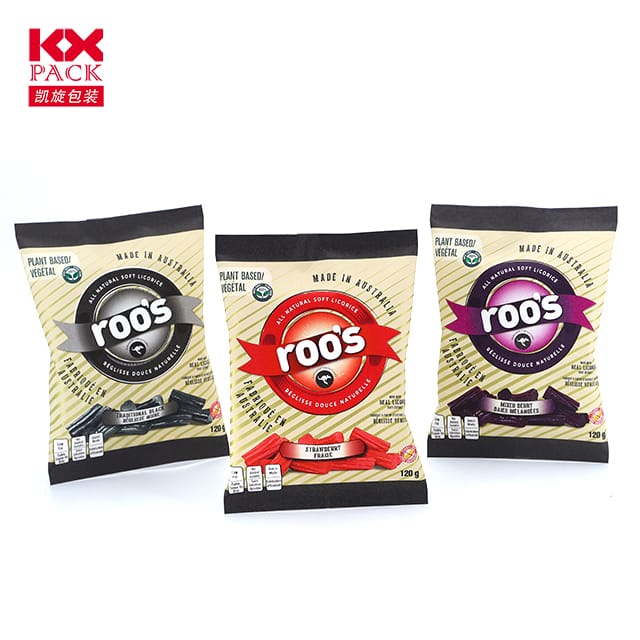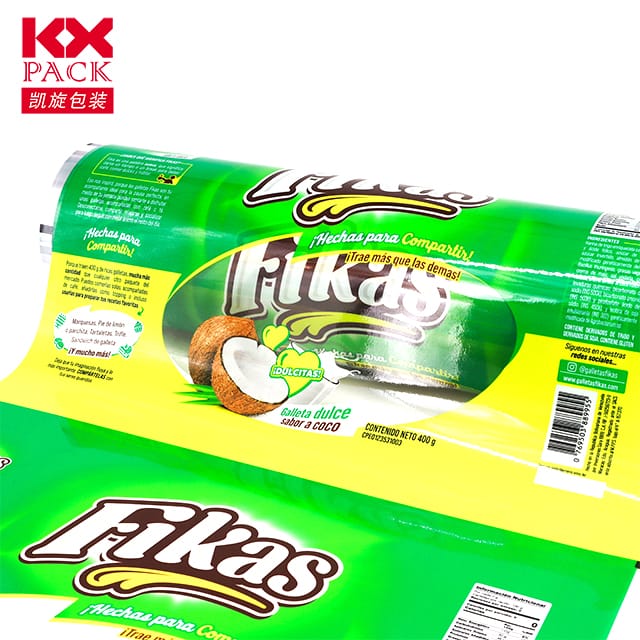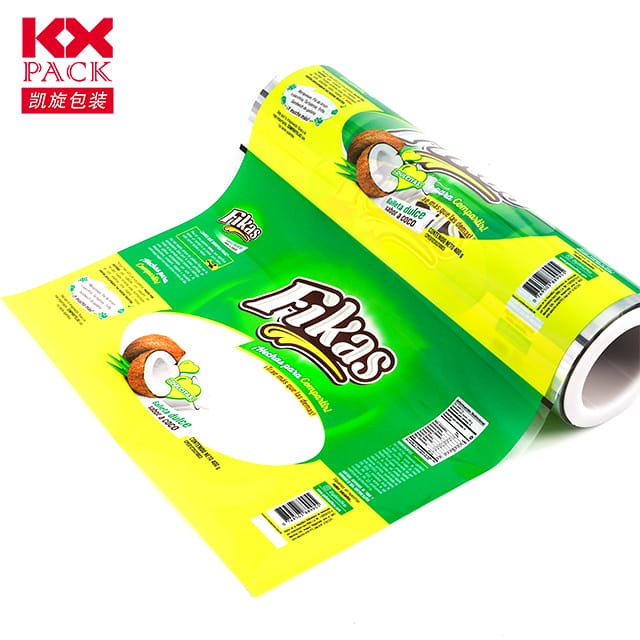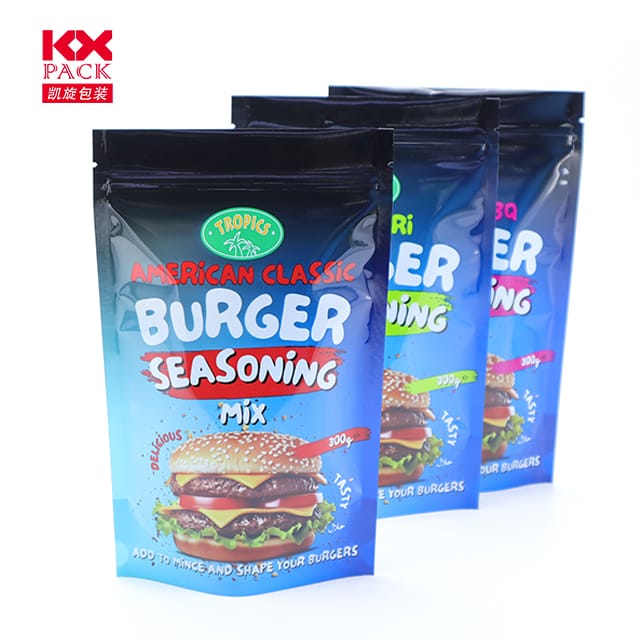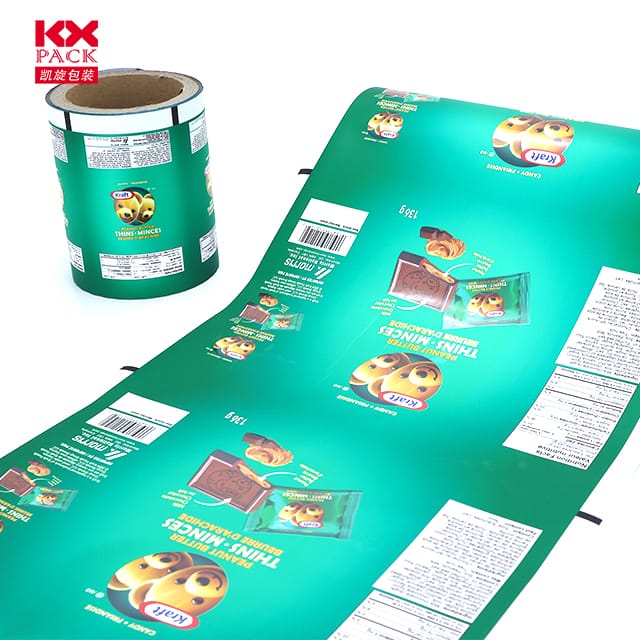塑料薄膜: 安全性综合指南, 可持续发展, 和最佳实践
塑料薄膜
食品的塑料薄膜 - 通常被称为固定包装, 食物包裹, 或保鲜膜 - 是全球厨房的主食. 它保留新鲜度的能力, 防止污染, 并延长易腐物的保质期,使其对家庭必不可少, 餐馆, 和食品制造商. 然而, 人们对环境影响和化学安全的越来越关注引发了有关其使用的辩论. 在这个博客中, 我们将探索类型, 好处, 风险, 和环保替代品 塑料膜的食物, 授权您做出明智的选择.
什么是食物塑料膜?
食物的塑料膜很薄, 灵活的材料主要由聚乙烯 (体育), 虽然有变化聚氯乙烯 (PVC) 或者聚偏二氯 (PVDC) 也可以使用. 它旨在创建围绕食品的密封密封, 保护它们免受水分的侵害, 氧, 和气味. 常见应用包括:
- 包裹剩菜
- 盖碗或盘子
- 包装熟食肉或奶酪
- 在存储期间保护农产品
食品塑料膜的类型
- 聚乙烯 (体育) 电影
- 食物接触最广泛和最安全的选择.
- 有两个品种:
- 低密度聚乙烯 (低密度聚乙烯): 柔软而固执, 包装不规则形状的理想.
- 高密度聚乙烯 (高密度聚乙烯): 僵硬,更耐用, 经常用于冰柜袋.
- PVC电影
- 包含邻苯二甲酸酯等增塑剂, 可以浸入食物, 特别是脂肪或酸性物品.
- 由于健康和环境问题,今天不太常见.
- 可生物降解/可堆肥膜
- 由植物材料制成 (例如。, 玉米淀粉, 纤维素) 或生物聚合物.
- 设计的速度比传统塑料更快, 虽然适当的处置是关键.
将塑料膜用于食物的好处
- 食品保鲜: 通过保持食物新鲜时间来减少废物.
- 卫生: 防止食物之间的交叉污染.
- 方便: 便于使用, 店铺, 和运输.
- 成本效益: 与可重复使用的容器相比,负担得起短期存储的容器.
风险和疑虑
- 化学浸出
- 有些电影可能会释放有害物质 (例如。, BPA, 邻苯二甲酸盐) 加热或与油性食物接触时.
- 解决方案: 查找指示“微波安全”或“无BPA”的标签。
- 环境影响
- 传统的塑料膜是不可生物降解的,有助于微塑料污染.
- 解决方案: 选择可回收或可生物降解的选项并正确回收.
- 一次性废物
- 一次性塑料膜产生大量的垃圾填埋场废物.
- 解决方案: 切换到可重复使用的有机硅食品覆盖物或蜂蜡包裹.
如何选择安全的塑料膜作为食物
- 检查标签: 优先级标记为“食品级”的产品,”“ FDA批准,”或“无邻苯二甲酸盐。”
- 避免PVC: 选择基于PE的电影.
- 寻找回收符号: 带有回收代码的电影 #2 (高密度聚乙烯) 或者 #4 (低密度聚乙烯) 更安全,更可回收.
- 抗温度: 确保电影适合您的预期用途 (例如。, 冰箱, 微波).
塑料胶片的环保替代品
- 蜂蜡包裹
- 可重复使用的, 可堆肥, 并用覆盖在蜂蜡中的有机棉制成.
- 非常适合包装三明治, 奶酪, 或生产.
- 有机硅食品覆盖物
- 耐用的, 密闭, 和耐热.
- 可重复使用多年, 减少浪费.
- 玻璃或不锈钢容器
- 储存剩菜或准备餐的理想选择.
- 无毒和环保.
- 织物覆盖物
- 非常适合覆盖碗或升起时的面团.
- 机器洗涤和可持续性.
安全使用塑料膜的最佳实践
- 避免高温: 切勿在烤箱或烤面包机上使用塑料膜; 它可以融化并释放毒素.
- 不要重用一次性电影: 他们很快退化, 增加浸出风险.
- 正确存储: 使塑料膜远离阳光直射或热量以防止化学崩溃.
- 正确回收: 清洁二手胶片并检查当地的回收指南 (许多路边程序不接受, 但是下车中心可能).
食品包装的未来
创新解决了传统塑料薄膜的缺点:
- 可食用的电影: 用海藻或淀粉制成, 这些可以与食物一起食用.
- 智能包装: 带有传感器的胶片实时监视食物新鲜度.
- 先进的生物塑料: 更强, 源自农业废物的更可持续的材料.
最后的想法
食品塑料膜仍然是短期存储的实用选择, 但是它的环境和健康风险需要正念用法. 通过选择更安全的材料, 探索可重复使用的替代方案, 并负责任地回收, 我们可以减少生态足迹,同时保持食物新鲜.
您的剩余剩余方法是什么? 在下面的评论中分享您的提示或最喜欢的环保互换! 🌱🍴


